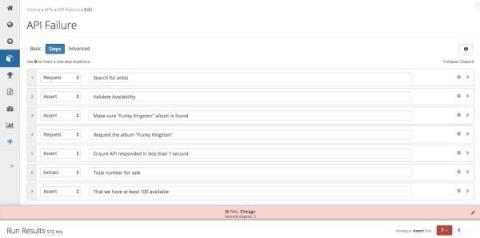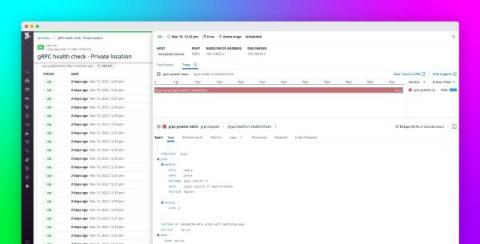Accelerate AIOps Scalability With New Self-Service Incidents API
BigPanda offers a diverse set of APIs to enterprises looking to move faster and scale incident response workflows seamlessly. APIs are core to automating repeated incident response workflows that enable IT Ops to keep up with the pace of change and innovation agile teams need to thrive. In Q4 of 2021, BigPanda announced the general availability of new self-service APIs including an updated Incidents API.











